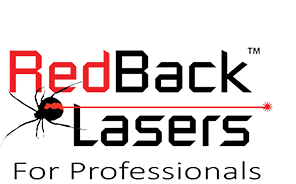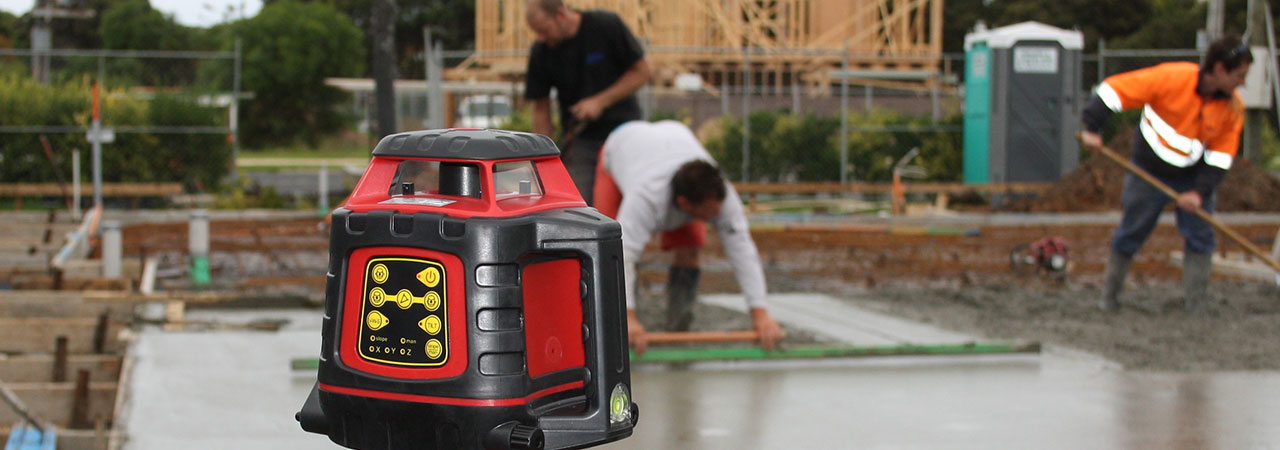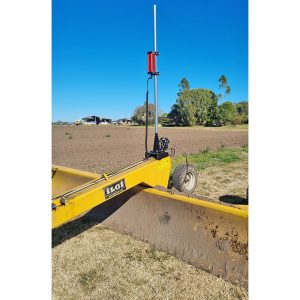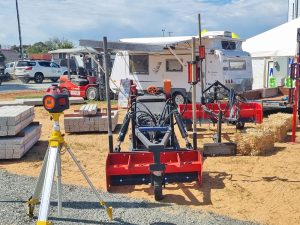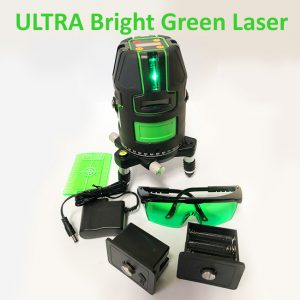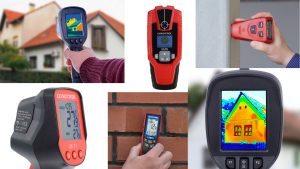No products in the cart.
Return To ShopLaser Level Definitions & Questions
Some popular questions and definitions on laser level and laser levels
Here are some popular laser level questions answered and definitions.
What is a laser level?
A laser level is a tool for levelling ground or an object utilising a laser beam. The laser beam can be either visible such as an indoor line laser. Or invisible and picked up by a detector / receiver, such as a outdoor rotating laser. The laser whether it be a Line, Dot or Rotating Dot is leveled either manually or automatically by the device. Depending on the type of laser level a horizontal or vertical or square or plumb reference is produced. Laser levels are typically used in Building and Construction, Interior fit out installation, Plumbing and much more.
What is the difference between Manual Leveling and Auto / Self Levelling?
With a manual levelling laser level the final accuracy is set by the user. This is done by looking at bubble vials and manually adjusting. With Auto Leveling the device itself finalises the accuracy of level within its operating tolerances. Note Auto levelling lasers still need to be roughly levelled to be within self levelling range. The down side of a manually levelling laser is that it will not compensate for any movement of the device after it was first leveled. An auto levelling laser will generally continue to self level, depending on model and features selected.
Can you see a laser beam from a laser level outside?
A laser level beam cannot generally be seen outside in full sun for more than a couple of meters. This is true for whatever the colour or class of laser. For reliable outside use you require a laser level that can operate with an electronic receiver. These can be either Rotating Lasers or Line Lasers with pulse mode.
Is a Green Laser Brighter than Red Beam Laser?
This is not a straight yes or no proposition. Some Green Beam lasers have a higher power output compared to some other Red Beam lasers. For example, a class 3r green with <5mW output will be brighter than a red or green beam class 2 laser with <1mW output. So, you need to compare like with like. Therefore, a new question would be. Is a class 3r green beam laser brighter than a class 3r red beam laser? This does not have an easy answer either. Firstly, it depends on the colour and texture of the surface you are shining the laser onto. Secondly, it depends on the individuals eyesight and perception of which is brighter. In conclusion, a simple answer is; Not necessarily it depends. For more you can look at this post HERE.
What is a Rotating or Rotary Laser Level?
A Rotating or Rotary Laser produces a laser dot that is then rotated at between 300 and 1200rpm 360 degrees continually. This type of laser is designed primarily for outdoor applications. The operator uses an electronic laser receiver / detector to pick up the height the the rotating laser beam. The receiver is usually mounted on a staff to measure the height to the ground. Some times a special receiver is mounted to a machine. For example, a backhoe, to aid digging to a specific depth. Some rotating lasers can be used indoors visibly for installation.
What is a Grade Laser Level?
A Grade Laser Level is generally a rotating laser that has a feature to set a grade or slope. Normally a rotating laser produces a level reference. A grade mode allows on or both axis to be sloped or graded at an angle. Grade features are handy for drainage and plumbing applications. There are three main types of grade laser level; firstly manual grade match, secondly automatic tracking grade match and finally digital dial in grade. Manual grade match is where the laser is sloped to the required grade manually generally with the use of a remote control. Auto grade tracking is where the laser level track up or down to find the height of the receiver and lock on. Digital grade is where the user enters the required grade as a percentage and the laser does the rest.
